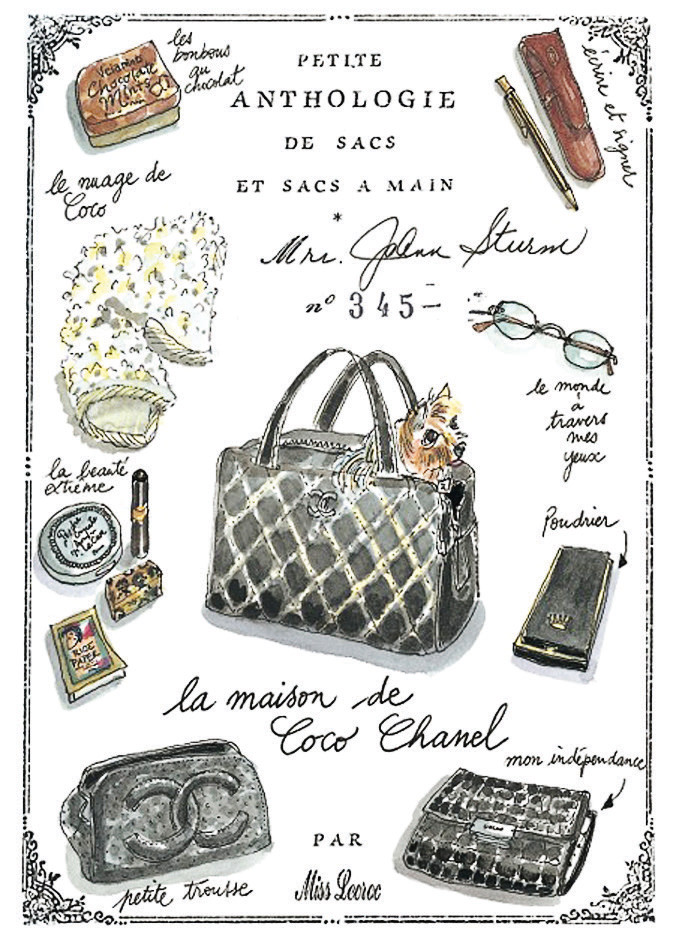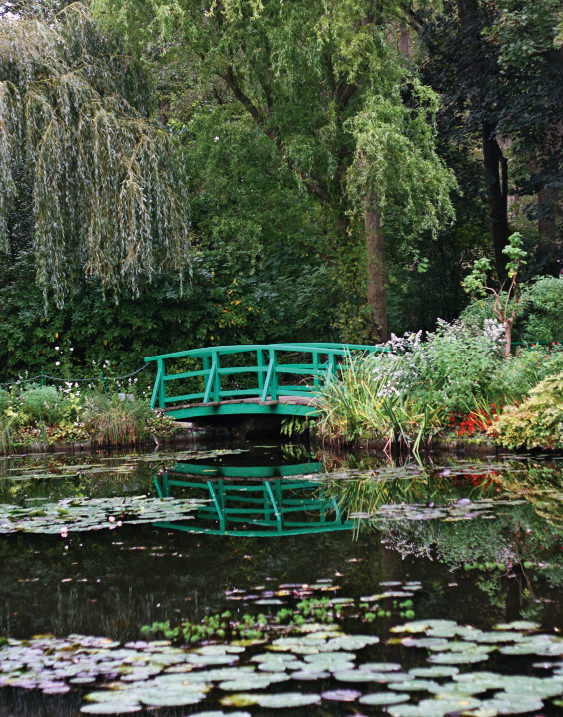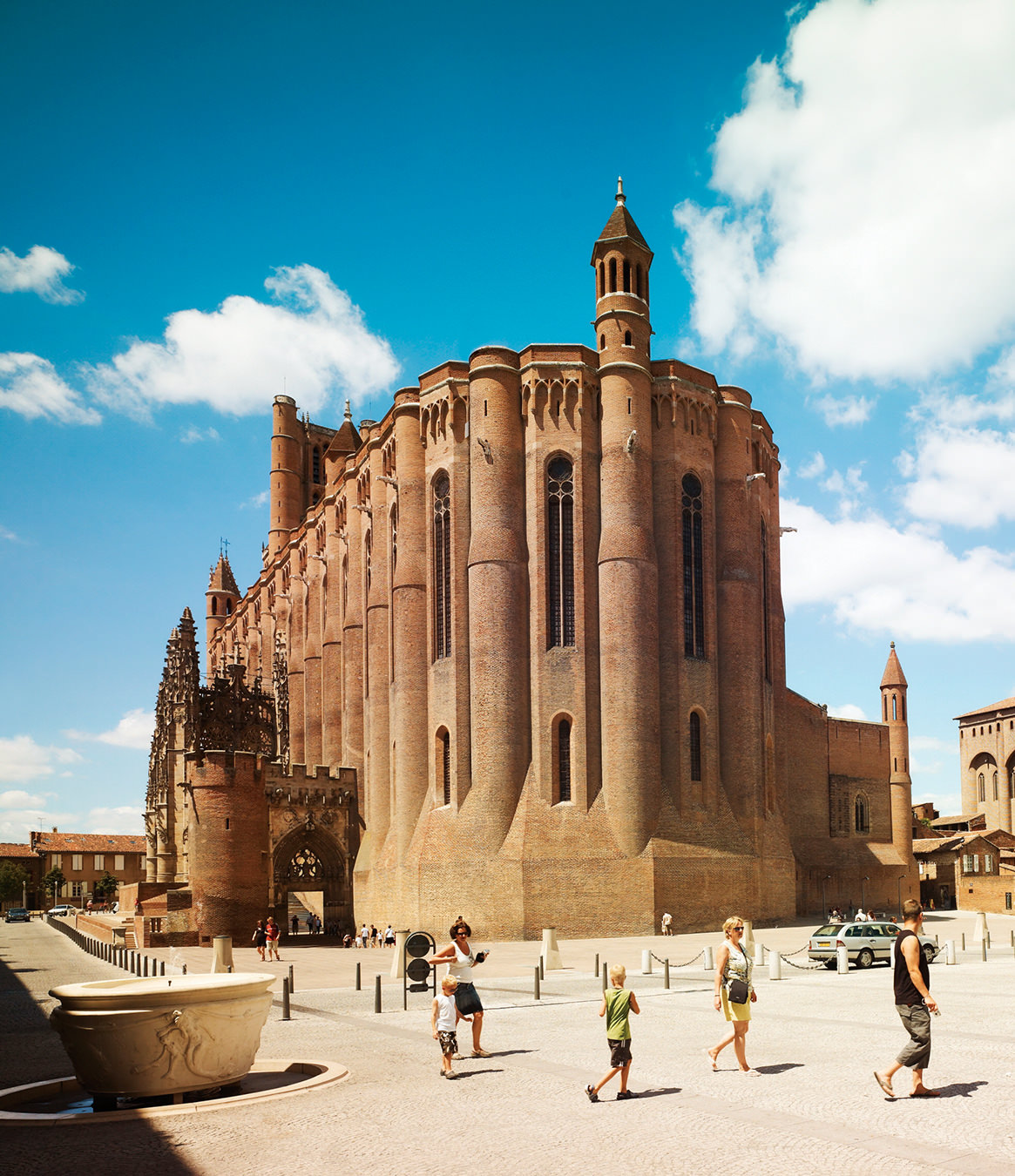Q&A: Louvre Curator Guillaume Faroult
An artistic mind.
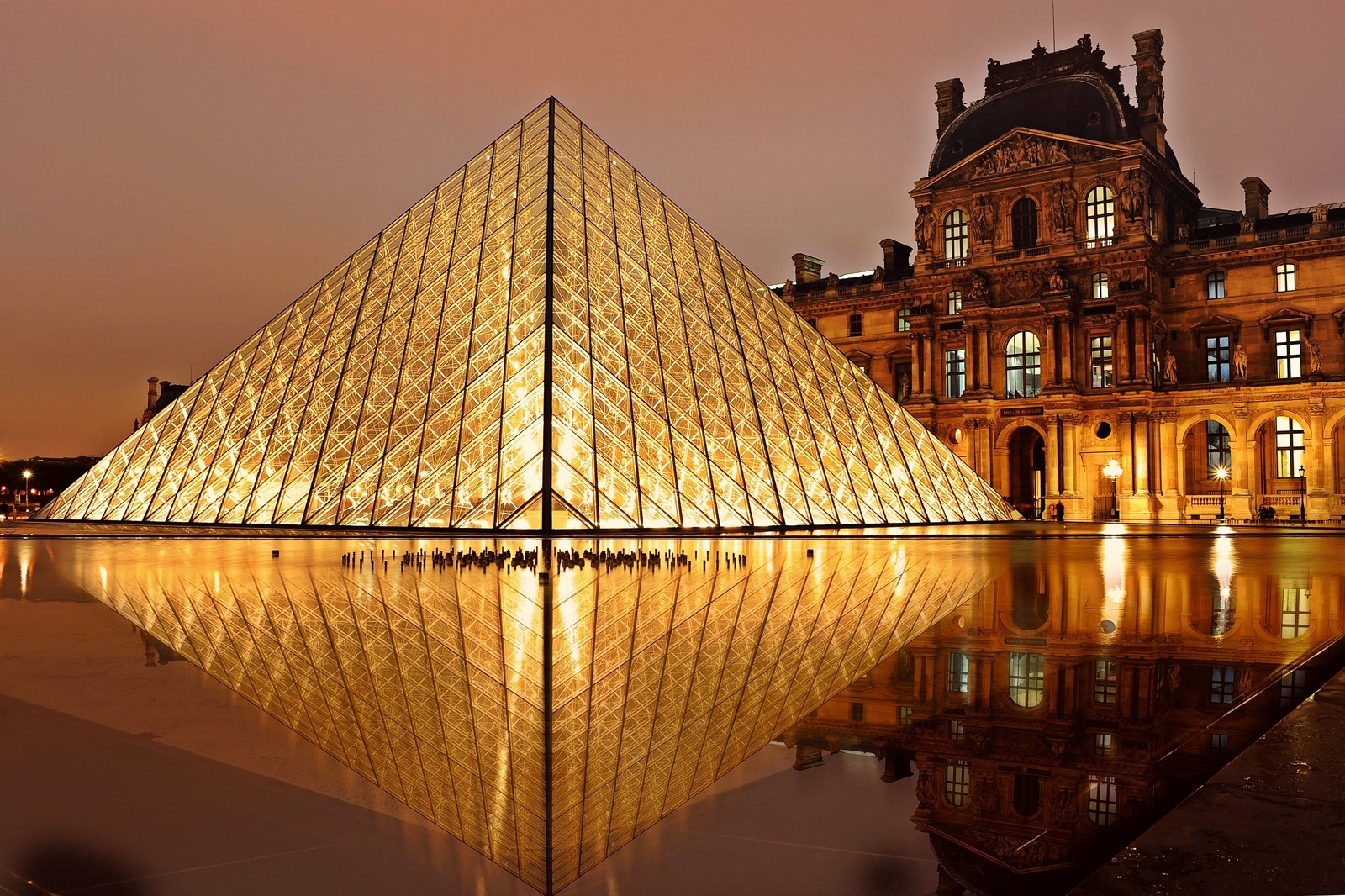
The most visited museum in the world is a many-faceted marvel. Not only is it home to the most viewed painting on earth (the quintessential Mona Lisa), it also showcases 35,000 other seminal works of art. Spectators flock to its cavernous hallways to appreciate, art historians visit to study, and artists are magnetically drawn to its canon for inspiration. Post-impressionist painter Paul Cézanne frequented its halls—drawn, himself, to paintings by Michelangelo and Rubens—and once poignantly said, “The Louvre is the book where we learn to read.”
Guillaume Faroult, senior curator of the Louvre, knows this all too well. Faroult oversees the curation of eighteenth-century French and English paintings, and has built his life’s work around these canvases. His current focal point is François Boucher, widely regarded as one of the Enlightenment’s most brilliant artists, and his seductive oil painting L’Odalisque brune (c. 1745). Faroult argues that this painting greatly symbolizes society during the century from whence it came: a passion for freedom and liberty, and an underlying desire for moral licentiousness. Faroult will publish a book about L’Odalisque brune (scroll down to view a detail from the painting) at the end of May.
Can you recall your first visit to the Louvre, and was it always your dream to work there?
Yes—I have been interested in heritage and museums and old mansions ever since I was a child. My parents weren’t, but they were loving parents, so they brought me to the Louvre when I was about 10. I remember this great gallery, and especially the beautiful portraits by [Jean-Honoré] Fragonard. He was kind of an impressionist artist because he was using such free brushstrokes, so you can see his painting process—it’s very moving. I wanted to stay in the Louvre that day and never leave. Eventually, I did just that.
This spring you will publish a book about François Boucher’s L’Odalisque brune. Why did you feel so connected to this one particular work of art?
First of all, because it was so very mysterious. We didn’t know anything about the context of its creation. When I became in charge of this part of the collection, I looked closely at this painting and I could see the composition change underneath the surface, so I understood that it was an original composition, not a replica. Also, the image is very challenging—it was a way to represent the female body that was a little subversive and surprising for the time. I wanted to try to understand it and then to explain it. The book comes out this spring, and there may be a second book, a much bigger one, released later this year.
Is there another painting or series of artworks at the Louvre that you are especially fond of?
The works by Boucher’s best pupil, [Jean-Honoré] Fragonard. There is a series of portraits by Fragonard called Portrait de Fantasies (Fantasy Portraits). We are not quite sure of the people represented, but it is a wonderful series where they are dressed as actors in theatre costume. I feel very connected to it.
Most of the artists in your field of concentration are no longer alive. If you could go back in time, who would you have dinner with?
I think it would be Antoine Watteau, a very fine painter at the beginning of the eighteenth century. I would be glad just to share a glass of wine with him. We art historians believe that he was a very shy and very secretive person, so I would share one glass of wine with him; perhaps he would open up.
Are there any secrets of the Louvre you can reveal, or is there perhaps a section of the museum that you feel is largely overlooked by visitors but is worthy of more attention?
It is true that you can still find places that are quiet in the Louvre. This is a secret! We have more than 10 million visitors every year, and sometimes it is just so crowed, but still we have places where you can find quiet. Especially some of the galleries I am in charge of—the galleries of the French painting of the eighteenth century. It is a place the visitors should go.
Thank you. The Louvre is so beautiful, with so much to see. I have to admit, the first time I visited I left with a migraine…
You know they say it is a common disease in the Louvre! We call it in France, le syndrome de Stendhal. [Stendhal’s syndrome is a condition that is said to occur when exposed to objects of great beauty; its symptoms are dizziness, fainting, and a rapid heartbeat.] Stendhal was a very famous French novelist, of the nineteenth century, and he said of such things when he was in Rome, because Rome is full of such beautiful works of art. It also could be said of the Louvre. That there is too much beauty—it can overwhelm!
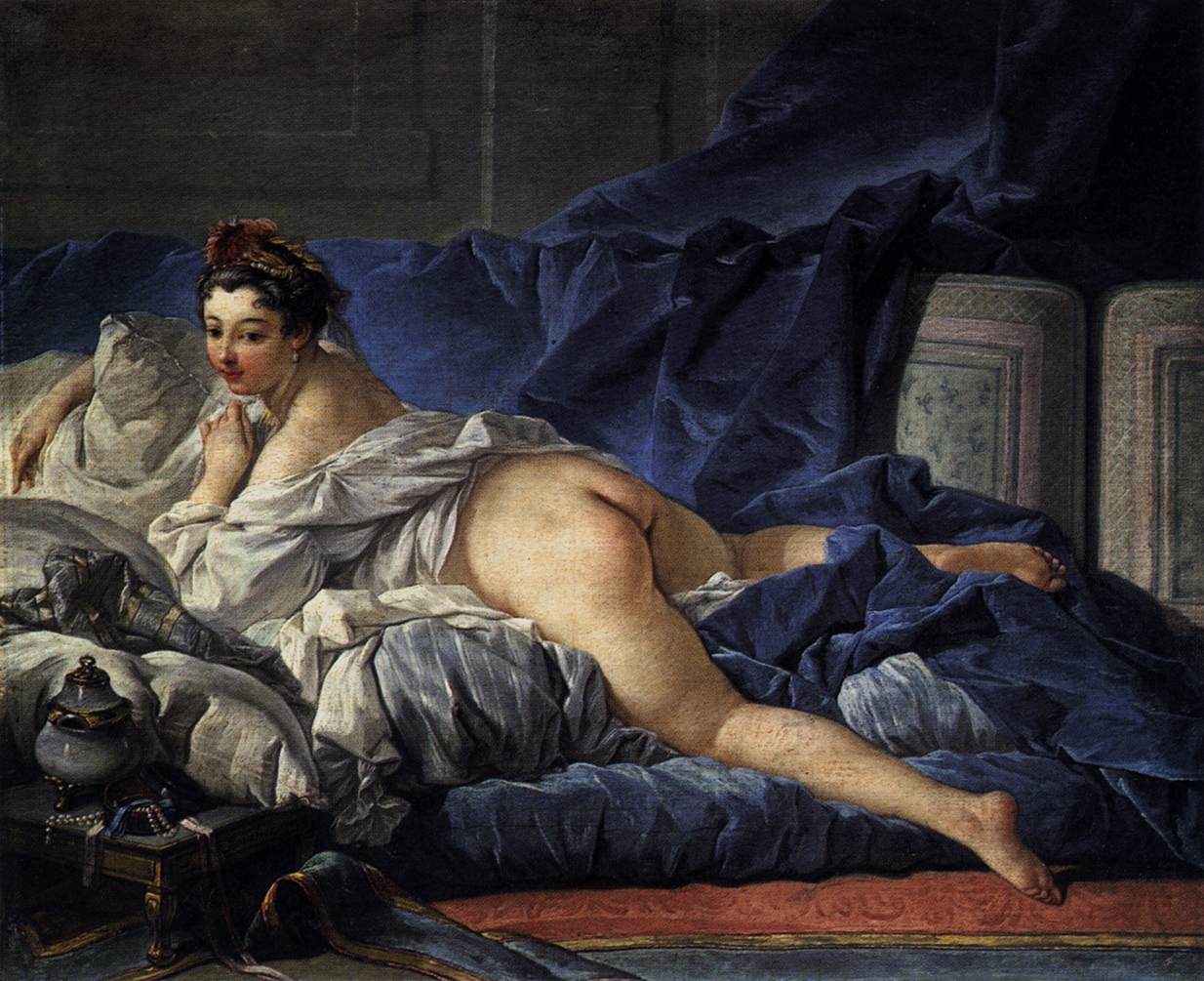
Detail from L’Odalisque brune by Franςois Boucher.
This interview has been edited and condensed.
_________
Never miss a story. Sign up for NUVO’s weekly newsletter, here.


